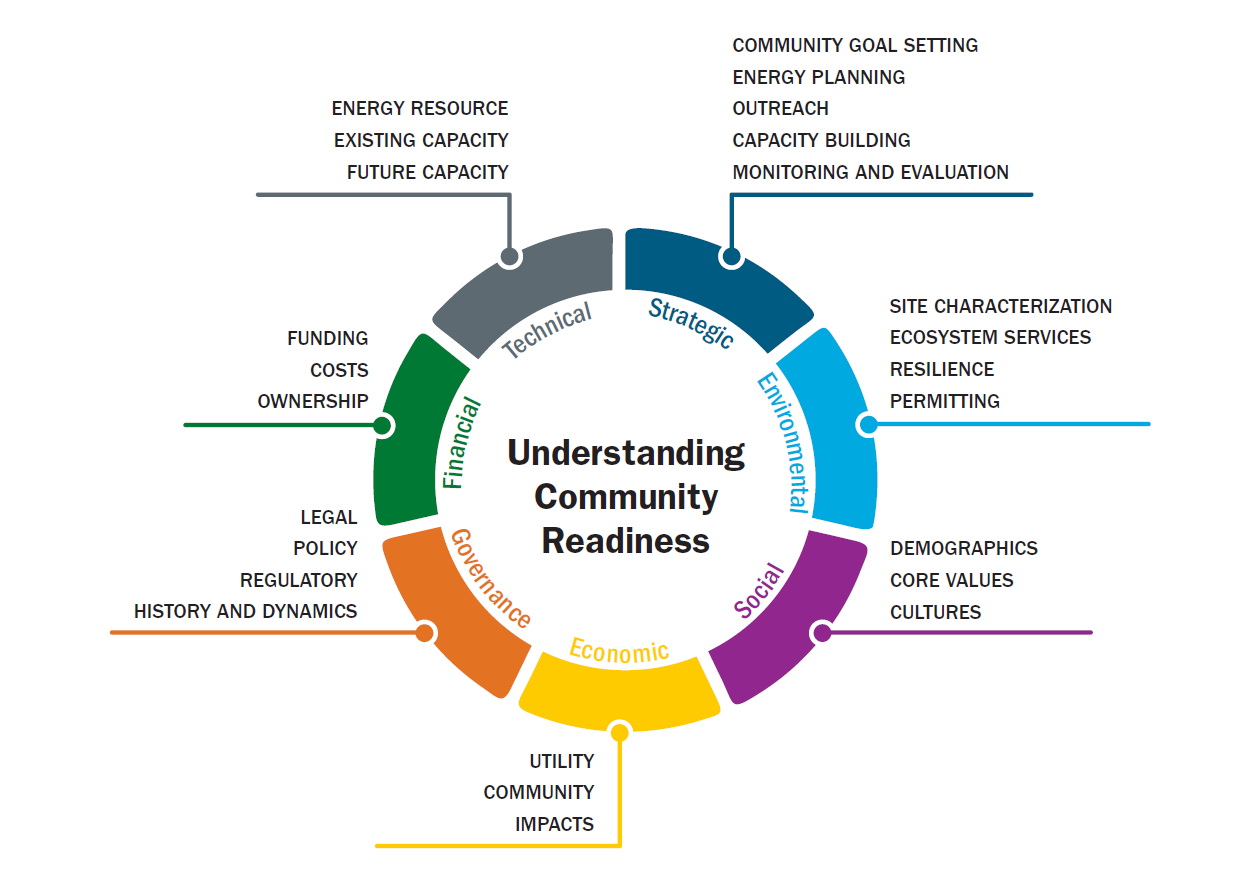National Labs Collaborate to Support Community-Driven Energy Transitions
New Deployment Readiness Framework supports coastal communities interested in marine energy development

The small town of Sitka, Alaska, is a rural community interested in harvesting wave energy as part of the emerging blue economy.
(Photo by Roman Sorokin | Unsplash.com)
Many coastal communities in the United States and beyond are fighting against the current when it comes to energy development and resilience. Historically, these communities have faced some of the most challenging environments for building, operating, and maintaining energy infrastructure. Now, they are disproportionately impacted by climate-change-related challenges such as sea-level rise and increasingly intense weather patterns.
Marine energy could be an ideal local solution, addressing resilience challenges, fulfilling specific power needs, and providing employment opportunities. However, coastal communities, especially in remote areas or on islands, often have limited resources and capacity to harness the generating power of ocean waves and tides. They may also have significant concerns about potential impacts to coastal ecosystems and traditional livelihoods.
In an effort envisioned and funded by the Department of Energy (DOE) Water Power Technologies Office, researchers at Pacific Northwest National Laboratory (PNNL) and the National Renewable Energy Laboratory (NREL) are collaborating to address these challenges. They are developing a Deployment Readiness Framework (DRF) to help DOE and national laboratories identify which communities are interested in marine energy. It will also help them understand how to best support these communities in meeting their local energy resilience and sustainable development goals through technical assistance, funding opportunities, and best available science across disciplines.
Leveraging social science
In developing the DRF, the team is leveraging social sciences best practices across multiple development sectors—an area of focus for PNNL, in addition to the Laboratory’s extensive background in marine and other renewable technologies.
“The DRF’s social-sciences perspective will be critical in ensuring innovative, mutually beneficial solutions for remote communities and energy developers alike,” said PNNL Senior Earth Scientist Katie Arkema, whose research experience includes partnering with leaders of countries, communities, and local organizations to inform coastal resilience and energy planning, sustainable development, and climate adaptation. Arkema is co-leading the DRF project with Kerry Strout Grantham, NREL’s coastal energy systems lead.
Bringing social science perspectives to the marine energy field, which has typically focused primarily on engineering solutions, will also help the industry integrate the triple bottom-line goals of the blue economy: social equity, environmental sustainability, and economic growth. They will also help emphasize effective communication, broaden understanding of community goals, and support community participation in the decision-making process around marine energy project development.

Learning Phase results
The team has completed the first phase of the project, the Learning Phase, which began with an extensive literature review led by PNNL and supported by NREL. They analyzed a variety of publications on topics such as climate impacts, resilience in conjunction with energy transitions, relationships between renewable energy and other sectors, community development goals, and frameworks for energy transitions.
As detailed in a PNNL-published technical report, the review identified common key steps in the science-policy process across sectors. The team also discovered a narrow focus on energy resources and technology, with a notable absence of information on links between energy and community goals—factors that are critical during energy transitions in coastal communities.
These findings informed the second step of the Learning Phase, an extensive outreach and engagement effort led by NREL and supported by PNNL. Team members interviewed technical leads, program officers, and community organizations that are part of the Energy Technology Innovation Partnership Project (ETIPP), along with program staff from a variety of technical assistance programs across DOE’s Office of Energy Efficiency and Renewable Energy.
As documented in an NREL-published technical report, the team found that many technical assistance projects can benefit from an adaptive management approach, along with sustained assistance beyond the programs’ funding lifespans. The team also discovered a need to bridge the communication gap more effectively between the technical and community perspectives involved in energy transitions.
The next wave
The second phase of the project, the Design Phase, is nearly complete, with the team converting the information gathered so far into specifications and requirements for DRF content, approaches, and tools. Finally, the Implementation Phase will produce an interface for the tool and guidance for user testing to ensure effectiveness and accessibility. Once complete, the DRF will be used to improve the quality of the support that national laboratories and DOE can provide to communities exploring marine energy.
“Energy projects will be more effective if they are envisioned and led by the communities they are intended to serve,” Arkema said. “Collaboration among all parties will be key moving forward—as it has been throughout. It is rewarding to work collaboratively across national laboratories to support communities in achieving their energy goals.”
Learn more in NREL's article about this effort, and stay tuned to the DRF web page for updates as this project progresses.
Published: November 8, 2023